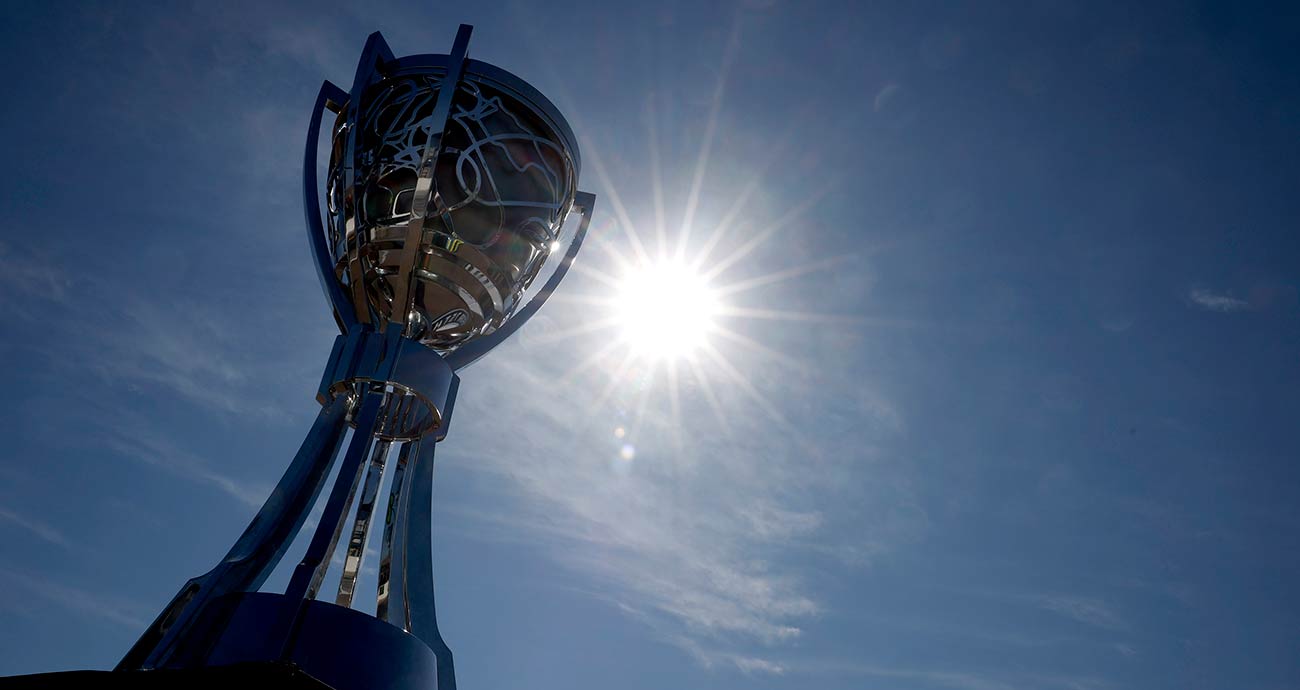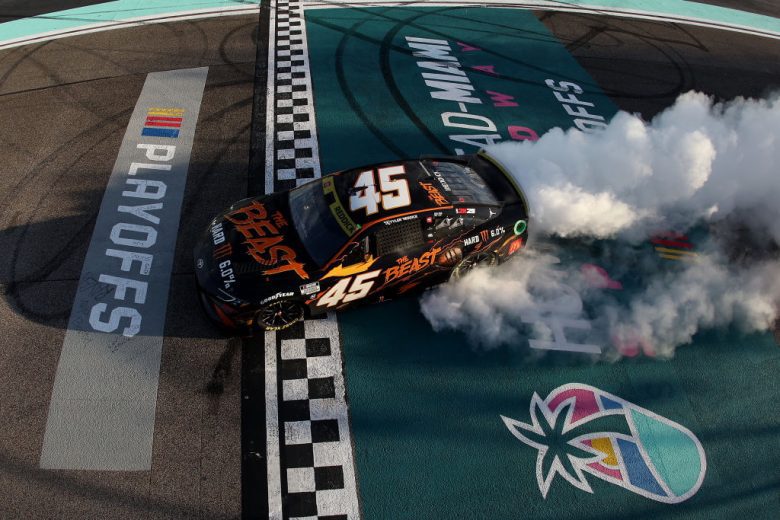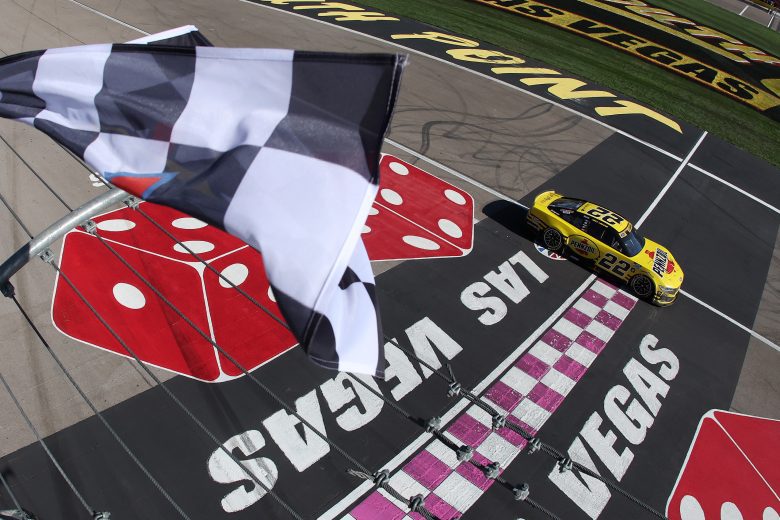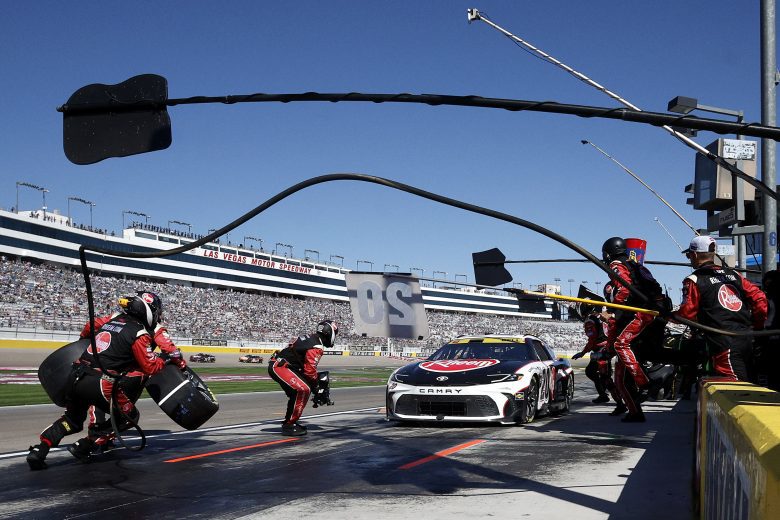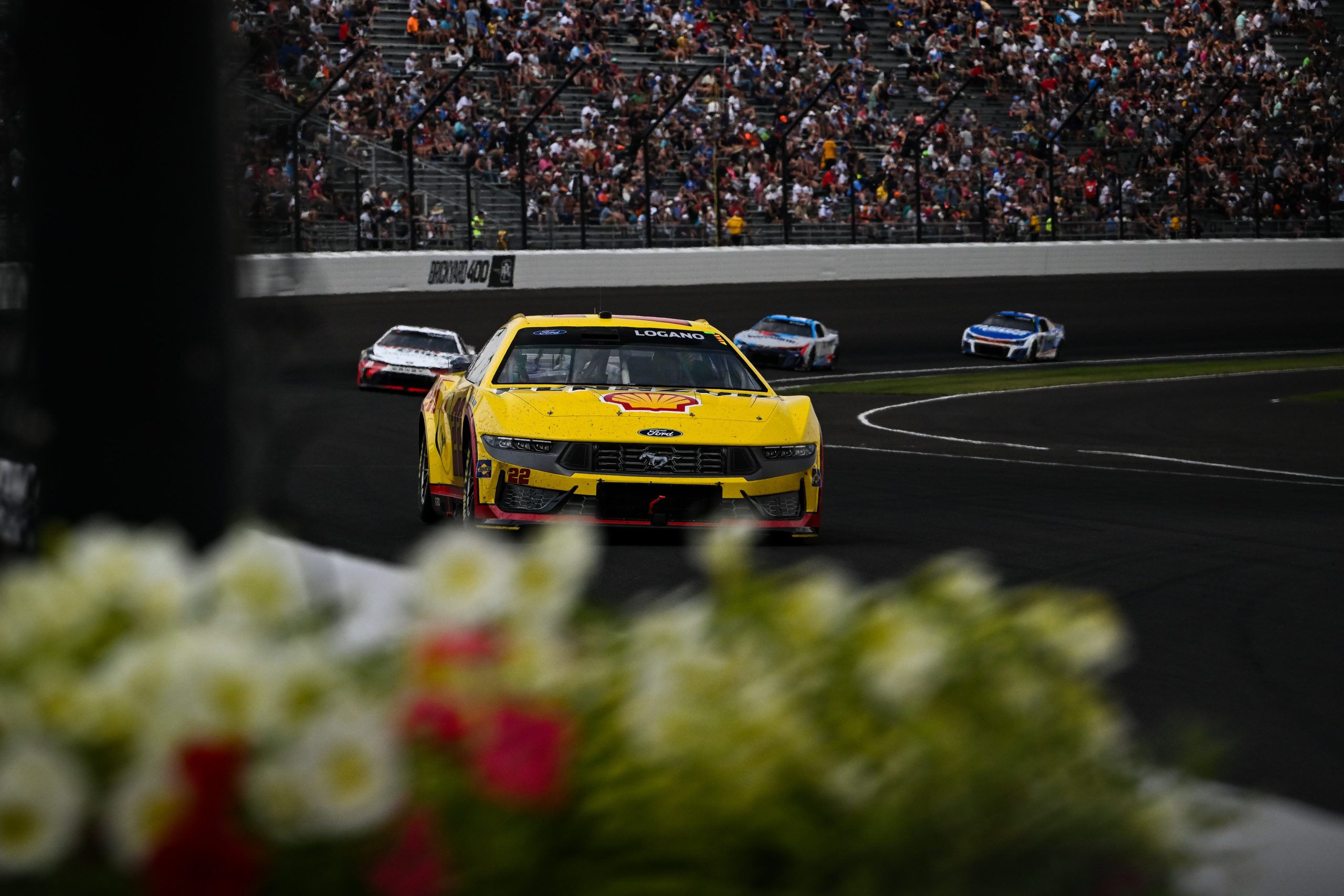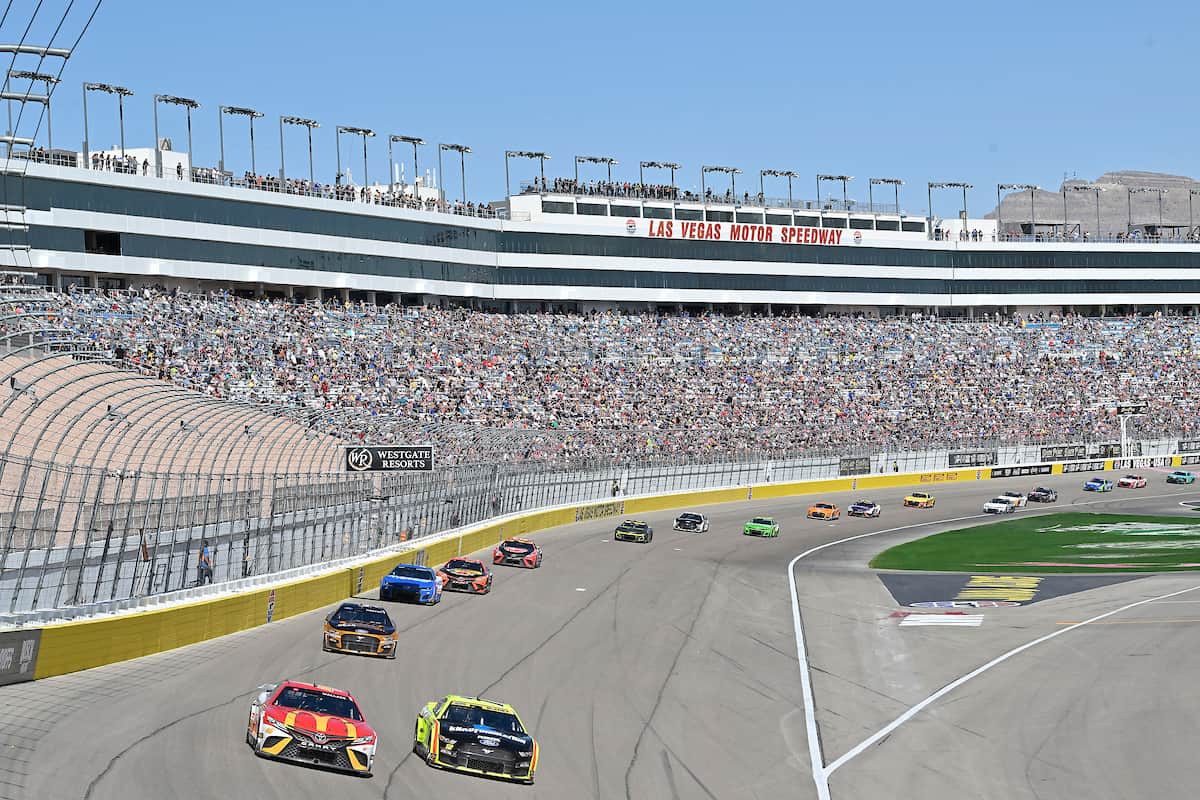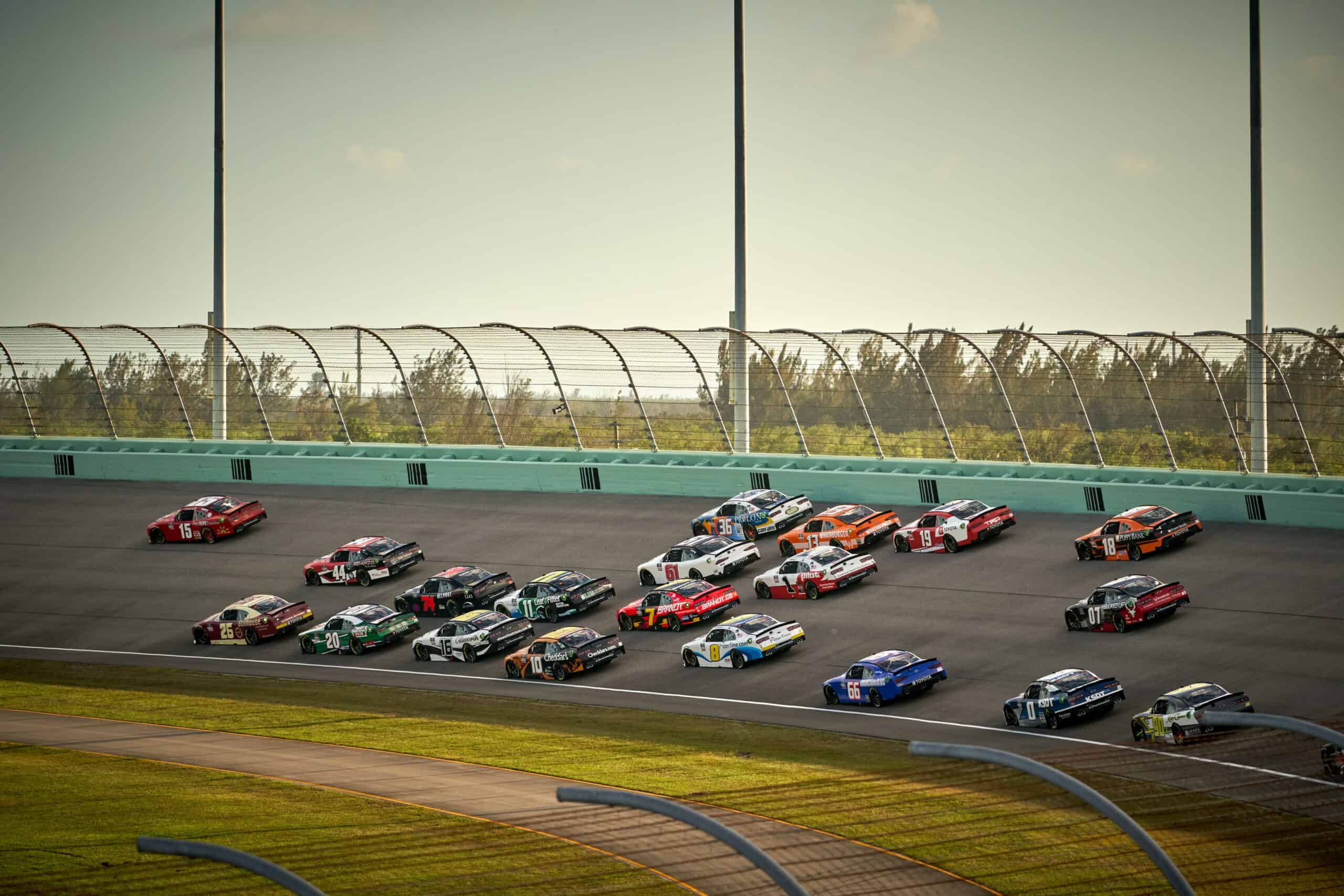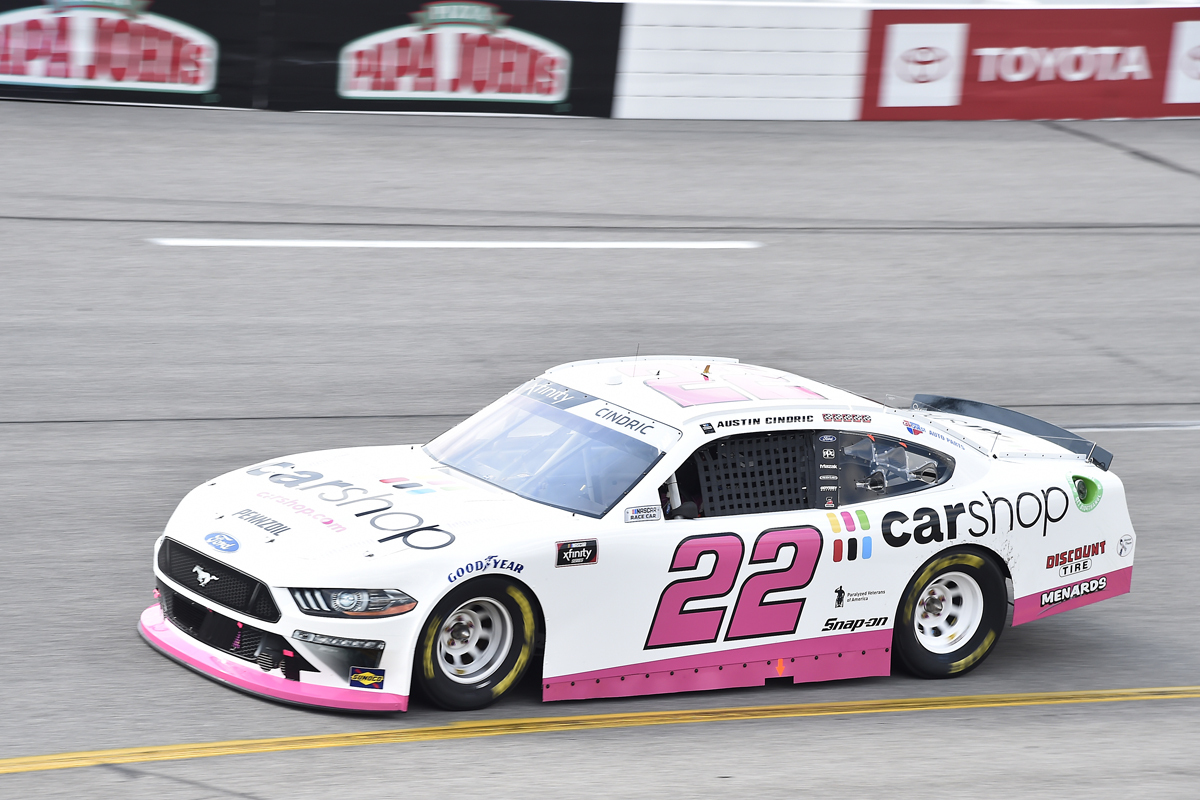Kyle Petty Charity Ride Across America Raises $1.8 Million for Victory Junction
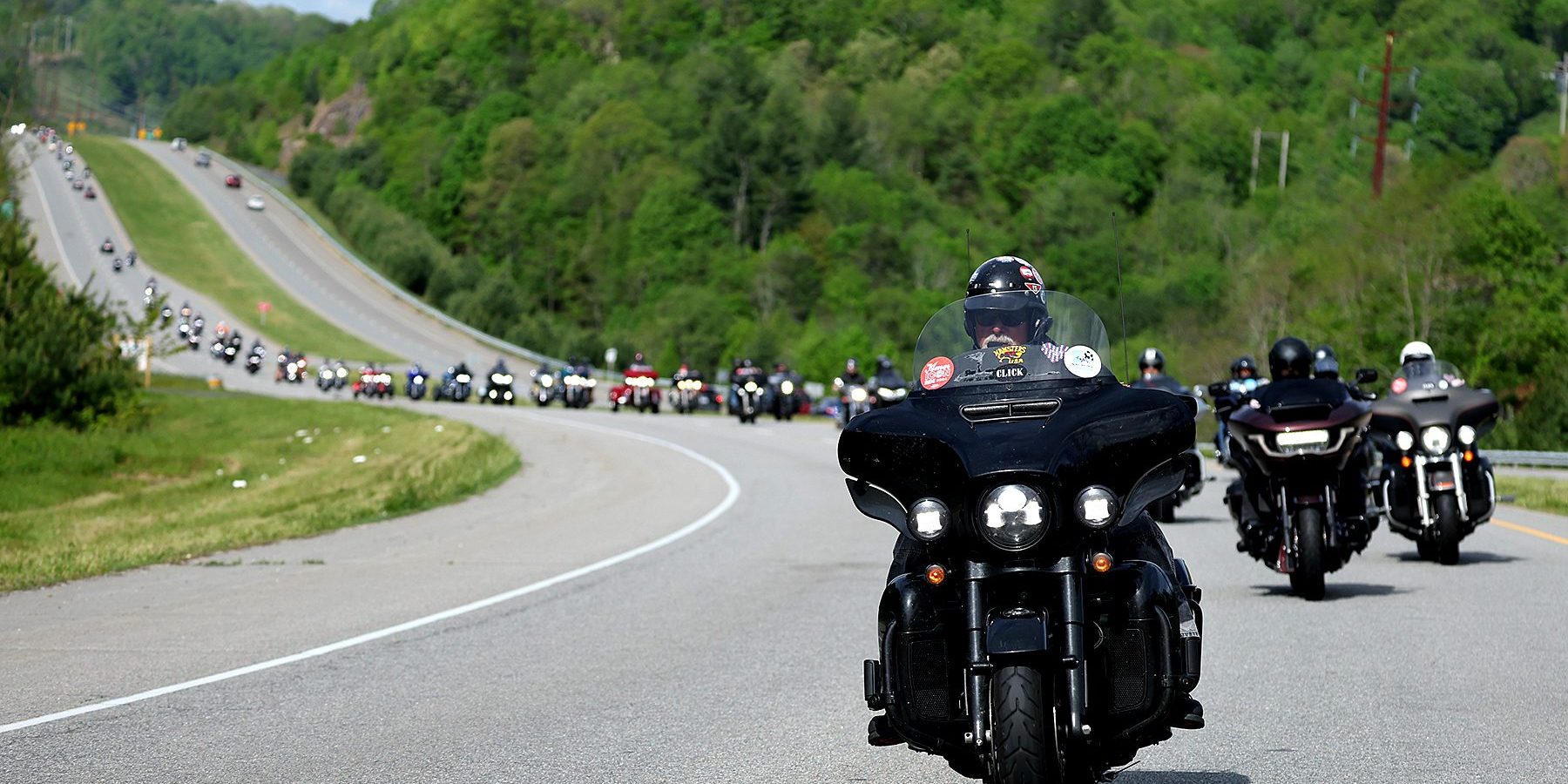
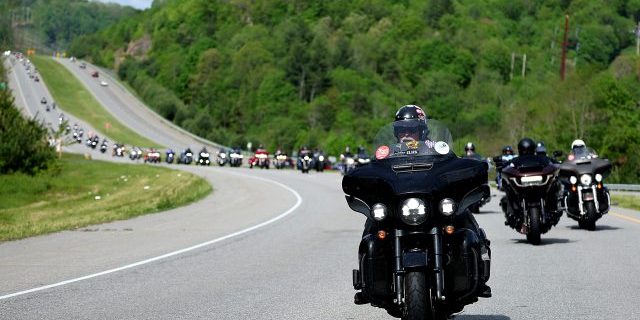
The Kyle Petty Charity Ride Across America today announced it raised nearly $1.8 million after completing its 28th Anniversary Ride, which took place May 4 – 10, 2024. Funds raised directly benefit Victory Junction – a camp in Randleman, North Carolina servicing children with chronic medical illnesses. The Ride’s donation supports summer camperships, building projects and maintenance programs – including the building and maintenance of the brand new Kyle Petty Charity Ride Water Park.
Former NASCAR driver and racing analyst Kyle Petty led 150 motorcycles across nine states on a seven-day trek, covering more than 2,100 miles and stopping at iconic American landmarks along the way. The Ride began in Deadwood, South Dakota and ended in Greensboro, North Carolina.
All along the Ride’s 2024 route, fans came from miles around to welcome the Ride, meet celebrity riders and support the cause. Highlights included seeing Mount Rushmore National Monument, stopping at Indianapolis Motor Speedway, exploring Churchill Downs – home of the Kentucky Derby, touring the legendary National Corvette Museum, visiting Bristol Motor Speedway, ending with a finale celebration at Victory Junction and so much more.

“Every year, the Ride is always a week I look forward to and never forget. This year was extra special because we celebrated the 20th Anniversary of Victory Junction,” said Petty. “The Ride has been a part of Camp since its inception and, to date, we remain Victory Junction’s largest cumulative donor. We visited spectacular places and enjoyed several once-in-a-lifetime experiences on this year’s Ride, but my favorite part was ending at Camp. It was truly an emotional moment for me to celebrate 20 years of Victory Junction – which all began as Adam’s dream. To know we have kept his dream alive and to see Adam’s smile on the faces of so many campers who were there to welcome us home, meant the absolute world to me.”
Victory Junction has served as the Ride’s primary beneficiary since its establishment by Petty and his family in 2004 in honor of his late son, Adam. Since it first began in 1995, the Ride has raised more than $22 million for Victory Junction and other children’s charities. As a result, the Ride has helped Victory Junction mobilize resources to provide over 125,000 camp experiences for children of all levels of abilities who are living with complex medical conditions at no cost to their families.
Funds were gathered from fans along the route, as part of the Ride’s “Small Change. Big Impact.” program, as well as donations made by generous sponsors, organizations, and the riders themselves.
“The generosity of our sponsors is a huge reason why we’re able to do the things that we do, and this year we were fortunate enough to visit our friends at Manheim Indianapolis and be greeted by Blue-Emu in Bristol,” said Petty. “In addition to making contributions to our cause, these companies work so hard to provide our riders with memorable visits that include great food, fellowship, activities and more.”
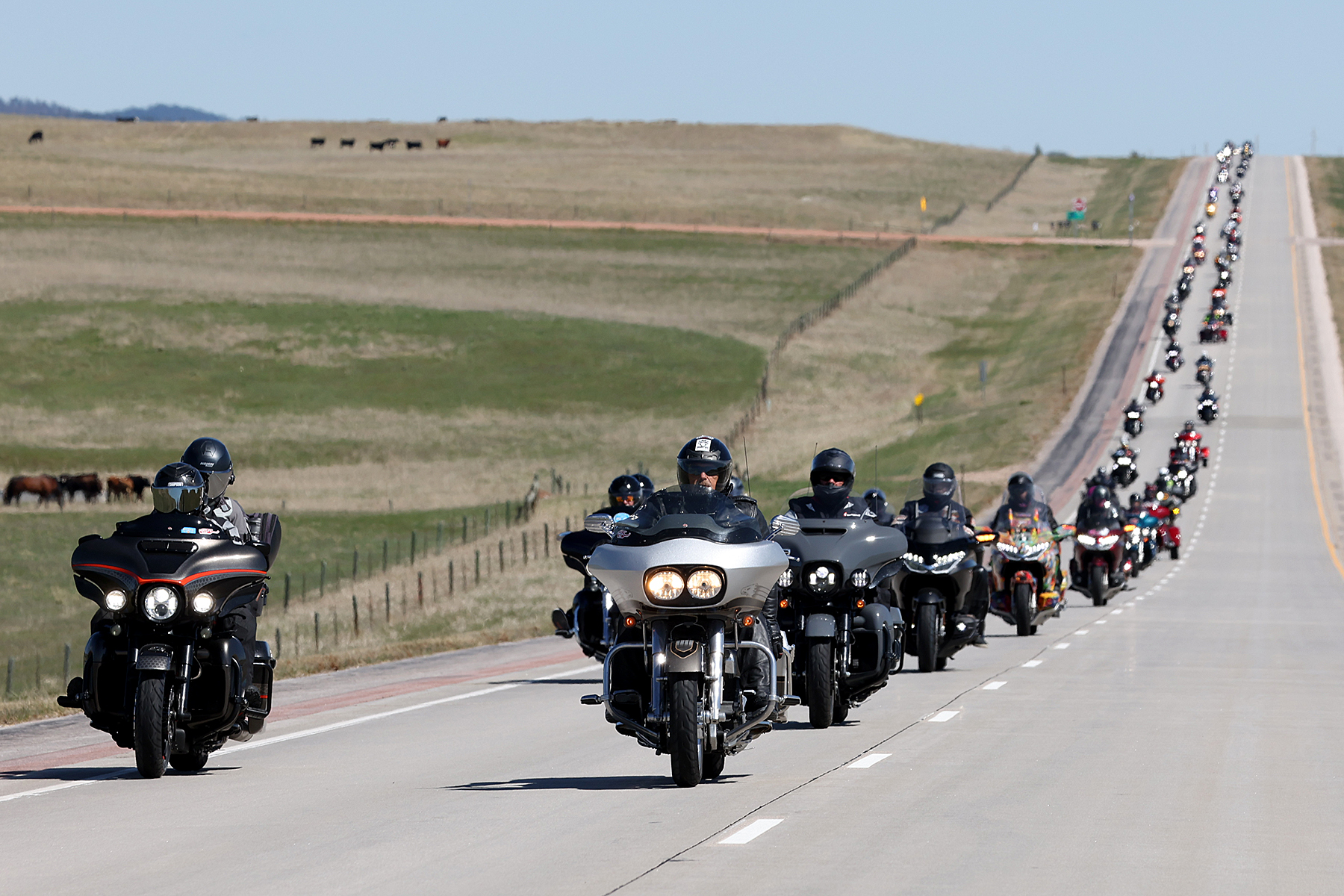
The 2024 Ride is made possible by presenting sponsor Cox Automotive, as well as Coca-Cola, Harley-Davidson Motor Company, Dodge Law, Racing Electronics, WinCraft Racing, Petty Family Foundation, Piedmont Moving Systems, Wiley X, Prevost, Blue-Emu, Goody’s and Kelderman Manufacturing.
This year’s Ride also featured several celebrity riders, including NASCAR Hall of Famers Richard Petty and Hershel McGriff; NASCAR Cup Champion Joey Logano; former NASCAR drivers Max Papis, David Ragan, Ken Schrader, Kenny Wallace and Mike Wallace; former NFL great and Heisman Trophy winner Herschel Walker; and TV personalities Rick Allen and Rutledge Wood.
To look back at Petty and the riders’ journey, check out their posts on social media:
- Facebook: www.facebook.com/kpcharityride and www.facebook.com/kylepetty45
- Instagram: www.instagram.com/kpcharityride and www.instagram.com/kylepetty
- Twitter: www.twitter.com/kpcharityride and www.twitter.com/kylepetty
For more information about the Ride or to donate, please visit www.kylepettycharityride.com.

